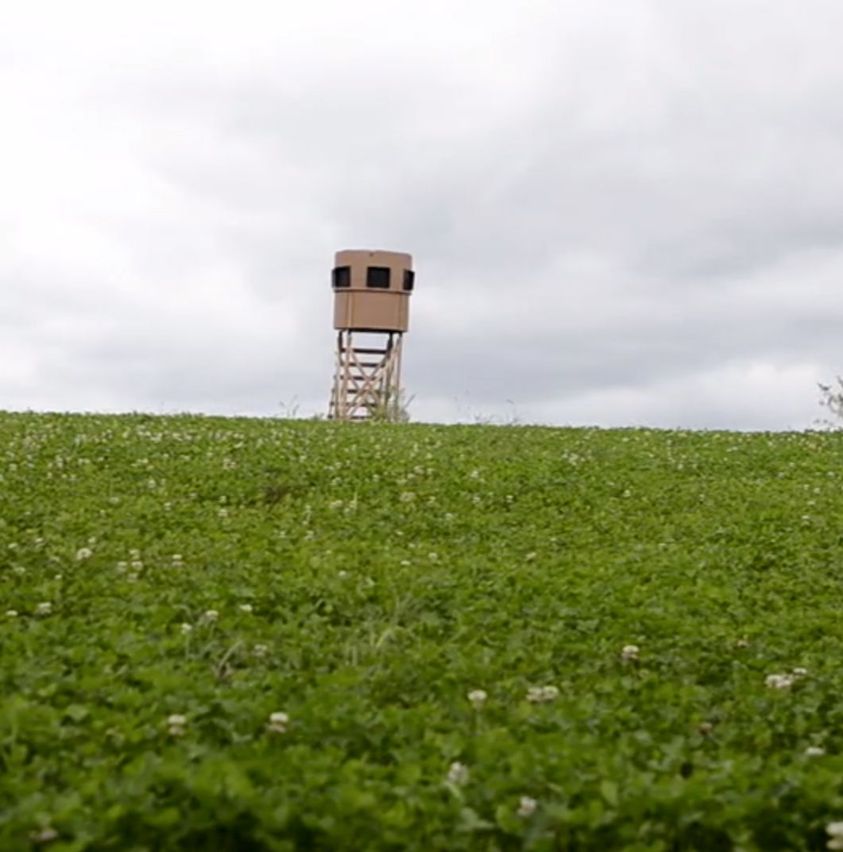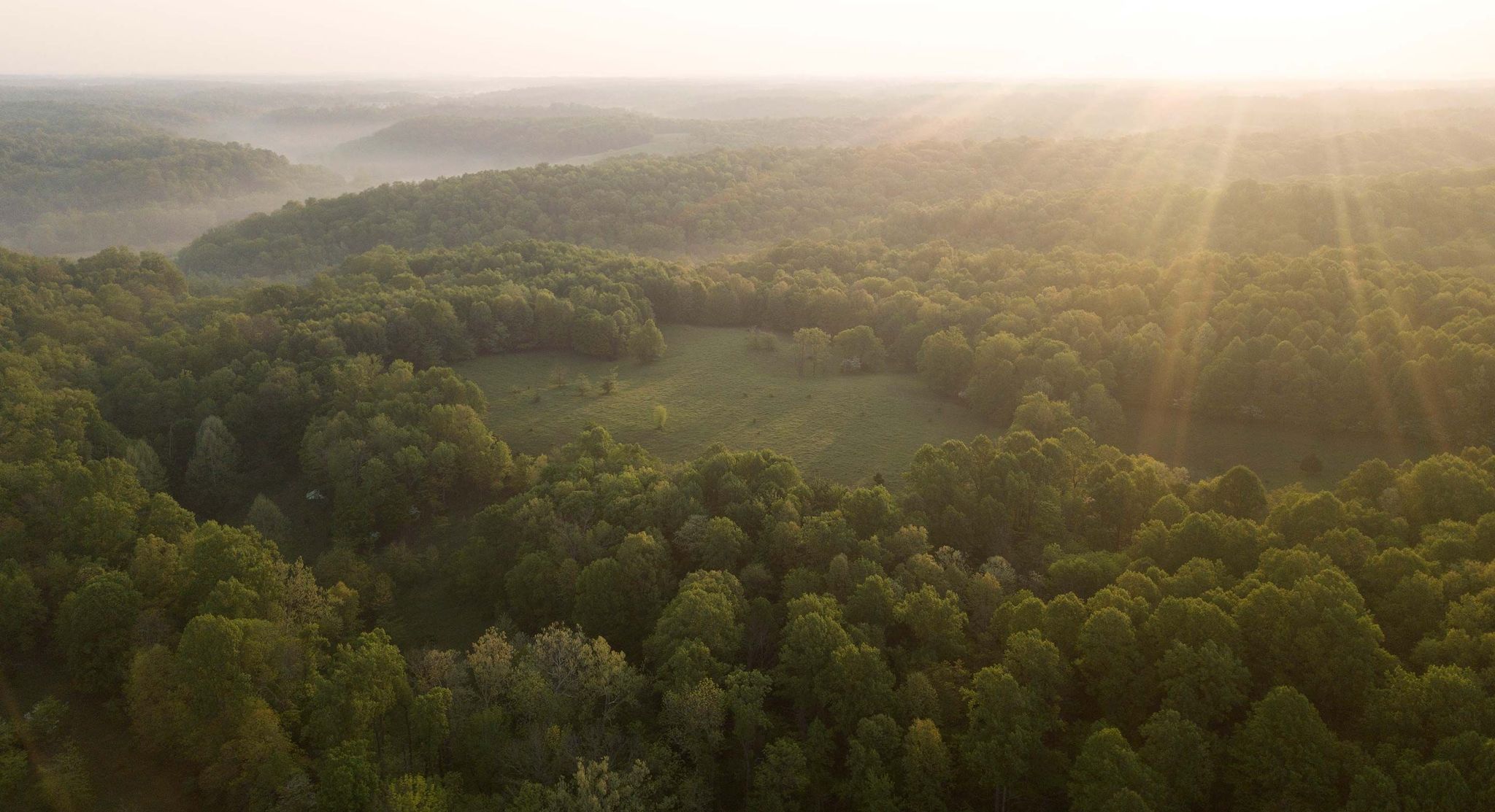From a deficient deer herd to a problematic weapon, we are always going to face unexpected challenges in hunting. But, unlike most real-world problems, there is usually a quick and affordable solution. It’s important to remember, the sport of hunting is a pastime to be enjoyed with friends and family, so the challenges we face are just that - opportunities to work together to rise up and overcome. Don’t stress yourself out about it.
In between the deer herd and the bow or gun we use to hunt is the food sources we provide during the summer and fall. If you’ve been planting food plots for years or are just starting out, unforeseen problems are inevitable. Either way, land management practices are directly beneficial to the deer herd and their habitat.
Balancing pH in the soil.
Do a soil test to make sure the pH is where it needs to be. Test kits can be purchased at your local farmer’s cooperative, Whitetail Institute or done by a county extension agent for a nominal fee. The soil should have a pH level of 6.5 - 7.0 for best results. For example, soil with a pH of 5.5 is ten times more acidic than 6.5. Above a 7.0 indicates alkalinity. Without a well-balanced pH, plants can’t pull all the nutrients they need to grow.
Lime is an inexpensive and accessible ingredient to raise the pH. The results of your soil test, should the pH be low, will tell you exactly how much lime (and the type/amount of fertilizer) to add per acre. Once you have disked and run a culti-packer over the field, add the prescribed amount with a spreader or broadcaster. On the contrary, should your pH be too high, sulfur and sulfate, both of which can be found at garden supply centers, will suffice. In fact, aluminum sulfate will lower the soil’s pH instantly because aluminum produces the acidity as soon as it dissolves, making it the ideal. Sulfur’s conversion rate depends on the fineness of the soil, moisture level, temperature of the soil and other factors and could take months to work. Keeping the soil’s pH between 6.5 and 7.0 could save you thousands of dollars in the long run.
Battling Thistle, Johnson grass and other weeds.
Here’s an unfortunate scenario: You spend an entire weekend bush hogging, disking, culti-packing, liming, just getting your fields ready and looking good before planting. The next weekend arrives and your Imperial Clover has been delivered. It’s time to plant! You use a hand crank, struggling through the loose soil mindful of not missing a single square foot nor depositing too much in one spot. In the coming weeks, it rains just enough. Light green specks slowly turn into patches that become whole and the field is looking some kind of good. For the next few weeks you smile and pat yourself on the back each time you inspect the overall growth of the food plot.
Then, it happens, and not overnight mind you. Peculiar purple heads have begun to dot the once-endlessly green field, long-leaf plants are gravitating toward the sky, and your beloved clover has wilted back to compost throughout the majority of the field. And then it hits you like a crazed linebacker: you forgot to put down pre-emergent.
Two key elements, actually, can help eliminate thistle, Johnson grass and other noxious weeds before they have a chance to grow. First, adding a pre-emergent herbicide right after the ground has been turned and packed will kill most weeds as they’re growing toward the surface through the first couple inches of soil. Pre-emergent typically doesn’t kill existing weeds nor will it eliminate every weed, even when applied properly. Let’s face it, even weeds have a survival strategy or they wouldn’t be be around anymore.
Second, planting at the prescribed time is paramount. If you wait too late, even a week, you run the risk of letting the weeds get a head start. Pre-emergent doesn’t kill seeds, so it’s important to get that clover (or whatever) going in clean dirt. Then, when weeds do begin to surface, which they will, your valuable food plot will already have established itself and the effects won’t be as detrimental.
Not enough light.
Light is essential to plant growth. True, this is elementary biology, but isn’t grade school the very foundation for everything we need to know in life? Trim back trees and branches to clear areas devoid of light that are either established plots, have good soil, show consistent deer sign or all of the above. If the imposing trees aren’t forage-producing like honey locusts, persimmons or oaks, it’s okay to take them out completely. If they are, try your best to go no further than simple pruning. (Note: Trees are susceptible to blight and other diseases, especially during the fall when fungi spread their spores profusely. If you must trim in fall, use a thick coat of spray paint over the cut to stop contaminates from getting to the tree’s core.)
This might sound like a lot of information, but a weekend’s work can get you on the right path to lush, green food plots that will undoubtedly provide important nutrients for deer, turkey and other wildlife throughout the season. Not only will these land management practices benefit the wildlife, but they will also add value to the land should you ever consider selling.







